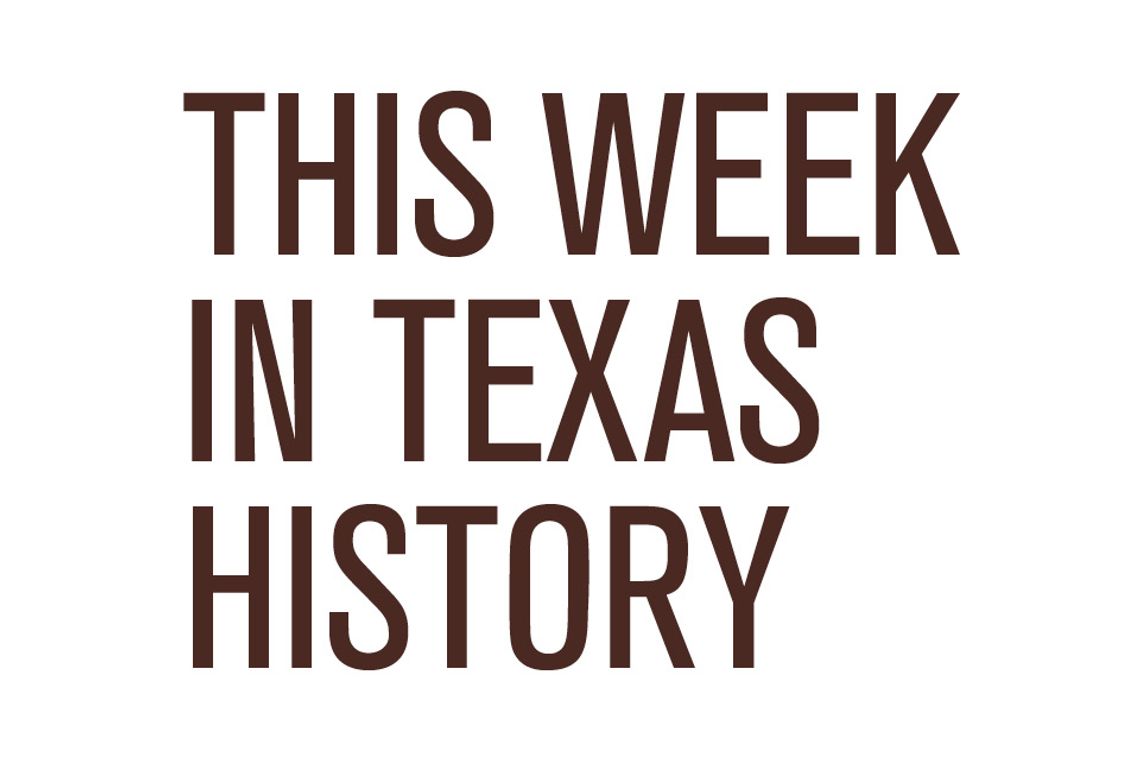More than two and a half centuries ago this week – May 15, 1755, to be exact – a Spanish rancher established the outpost of Laredo on the wild frontier of New Spain.
Although Tomas Sanchez is remembered with good reason as the founder of Laredo, the real credit for the settlement of the lower Rio Grande belongs to Jose de Escandon. He turned the vast territory previously dismissed as inhospitable wasteland into a patchwork of permanent colonies.
Although Tomas Sanchez is remembered with good reason as the founder of Laredo, the real credit for the settlement of the lower Rio Grande belongs to Jose de Escandon. He turned the vast territory previously dismissed as inhospitable wasteland into a patchwork of permanent colonies.
Fancying himself a latter-day conquistador, 15 year old Escandon left Spain to find his fortune in Mexico. His exploits as a teenaged cavalryman earned him the rank of lieutenant and reassignment to the thick of the fighting on the Indian front.
Based at Queretaro northwest of Mexico City, Escandon systematically subdued the hostile tribes and negotiated lasting treaties that guaranteed peace. In his spare time, he married twice into wealthy families, social coups which brought him fabulous riches by the age of 40.
In 1746 Escandon was put in charge of Nuevo Santander, a new province that stretched all the way to the Nueces River, the official boundary of Texas. His first order of business was to survey the mostly unexplored realm and to evaluate its potential.
Seven columns of a hundred soldiers each set out from Queretaro in early 1747 to examine the mysterious land few Spaniards had ever laid eyes on. Rendezvousing months later at the mouth of the Rio Grande, reports from his captains convinced the commander that contrary to popular belief the region was ripe for colonization.
Escandon proposed a jagged line of 14 settlements along the life-sustaining Rio Grande. To make the move worth the risk and hardship, he recommended that prospective pioneers be given land, cash and a ten-year tax exemption.
The viceroy enthusiastically endorsed the plan, and hundreds of would-be inhabitants jumped at the life-changing chance. Escandon headed north in December 1748 to personally supervise the planting of the new communities.
Working his way up the meandering muddy river that someday would separate two nations, Escandon sowed the seeds of civilization. First came Camargo, followed by Reynosa and eventually 17 more settlements which surpassed his original goal by five.
Exhausted by the six years spent carefully tending his “crop,” Escandon looked forward to resting on his laurels. Although Tomas Sanchez obtained his blessing for another village on the Rio Grande, the only part the weary colonizer played in the creation of Laredo was to name it after a Spanish seaport near his birthplace.
Sanchez’s nine children and two more large families provided his ambitious project with an instant population of 25. Within two years, Laredo had more than tripled in size as 85 persons, each and every one related to Sanchez, called the northernmost link in Escandon’s chain home.
However, while passing through Laredo in 1759, the archbishop of Guadalajara was shocked by the sinful state of affairs. He filed a complaint with the viceroy alleging the pioneers “were living like heathens, neither hearing mass nor the word of God.”
Sanchez acknowledged the absence of a spiritual presence but argued that the struggle for survival kept the townspeople out of trouble. This excuse failed to satisfy church authorities, who dispatched a priest to Laredo and made the citizens responsible for his upkeep.
The promised distribution of free land was postponed until 1767 but was well worth the wait. Ten thousand acres went to each of the original settlers, so-called “primitovs,” while six-year residents received 500 acres less and latecomers a generous 8,800.
Escandon’s reward was an enormous grant of three million acres along the Rio Grande. His riverfront property extended from just south of Reynosa for a hundred miles to the Gulf of Mexico.
As the hands-on city father of Laredo for more than 40 years, Tomas Sanchez closely monitored every detail of daily life. When several saloons opened for business, he imposed a strict curfew. Customers could choose between going home at nine o’clock or to jail for a month.
At Sanchez’s death in 1796, the population of Laredo was pushing a thousand. The whole town turned out four decades later to cheer Santa Anna on this way to the Alamo.
Though stunned by the setback their hero suffered at the hands of the upstart Anglo-Americans, the Battle of San Jacinto had no direct impact on the border dwellers. While the property of the Lone Star Republic on paper, Laredo never came under the rule of independent Texas.
Even the raising of the Stars and Stripes in 1846 by former president Mirabeau Lamar made no real difference. For generations to come, only on the map would Laredo be a part of Texas.
Bartee welcomes your comments and questions at [email protected] or P.O. Box 130011, Spring, TX 77393.











